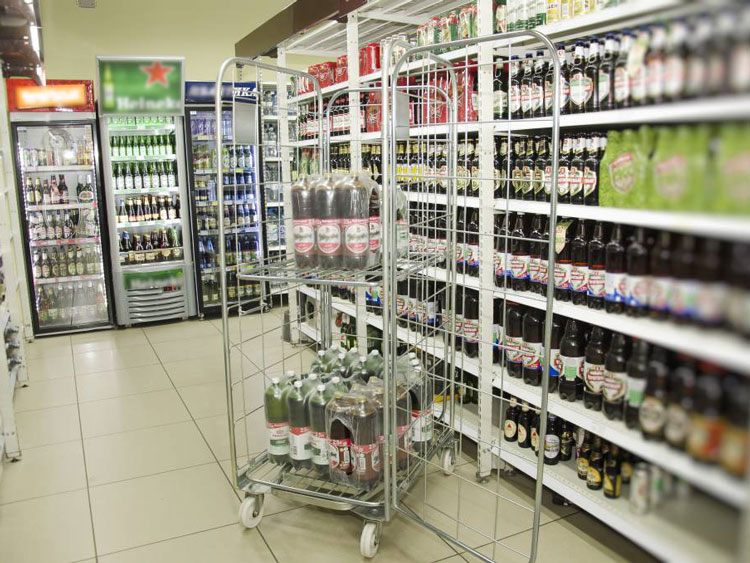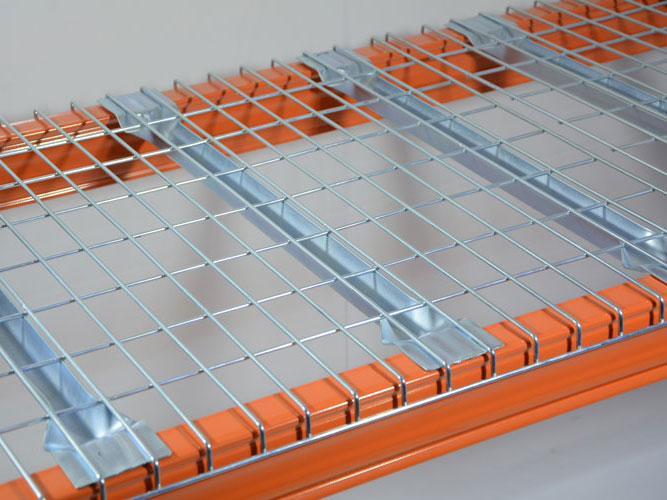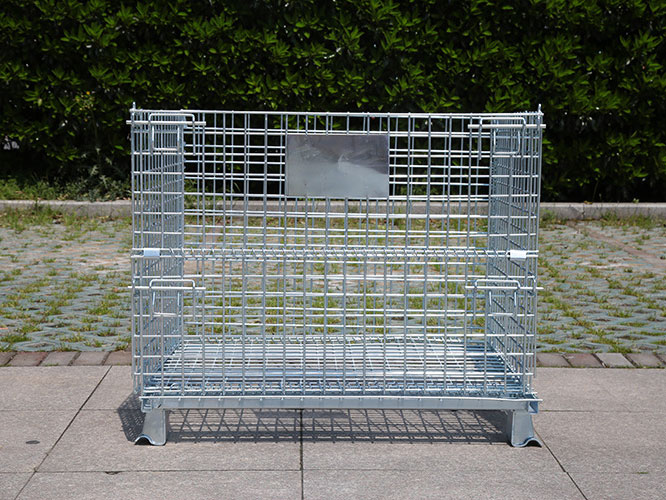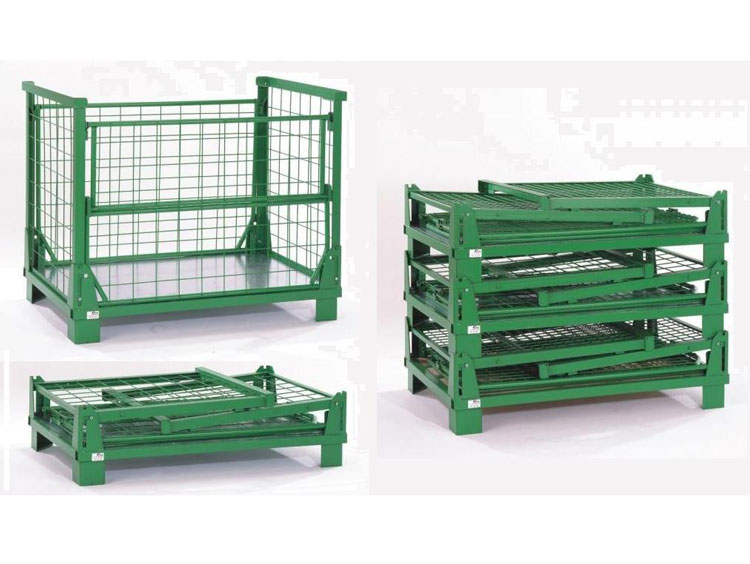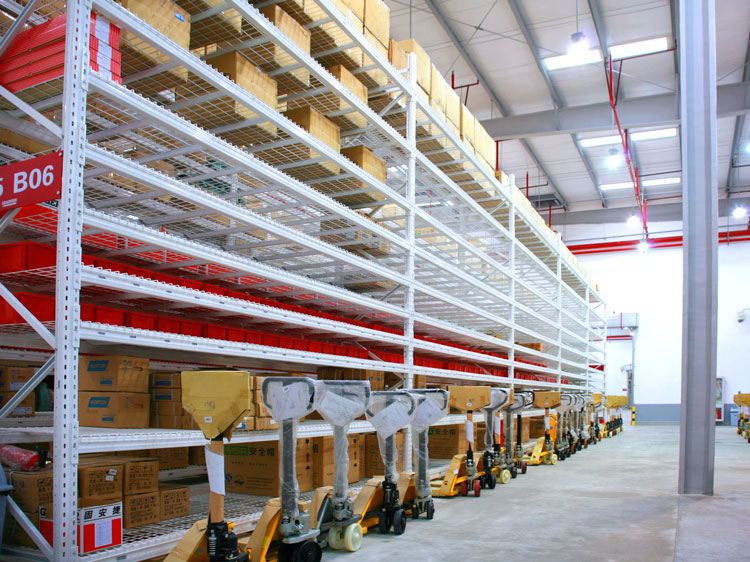-
 E-mail:
aceally4@aceallygroup.com
E-mail:
aceally4@aceallygroup.com
-
 Wechat: a18350222213
Wechat: a18350222213
-
Time:4/8/2025

- CONTACT US
- Wechat: a18350222213
- aceally4@aceallygroup.com
The core role of the roll cage trolley in warehousing
 Time:4/8/2025
Time:4/8/2025 35
35
- Standardized operation accelerates turnover
- Dynamic scene adaptation capability
Humanized designs such as adjustable handles and brake systems support flexible operation, which is suitable for different cargo forms and dynamic warehousing line requirements, especially in peak order processing, significantly alleviating manual pressure.
2. Maximizing space utilization
- Vertical and plane space optimization
The foldable design saves storage space when not in use, and the standardized shelf stacking capacity increases the plane density of the warehouse, realizing neat stacking and rapid positioning of goods.
- High-density storage support
Through the expandable structure (such as adding guardrails or layered partitions), the roll cage trolley can adapt to goods of different volumes, increase the single handling volume, and reduce the shelf vacancy rate.
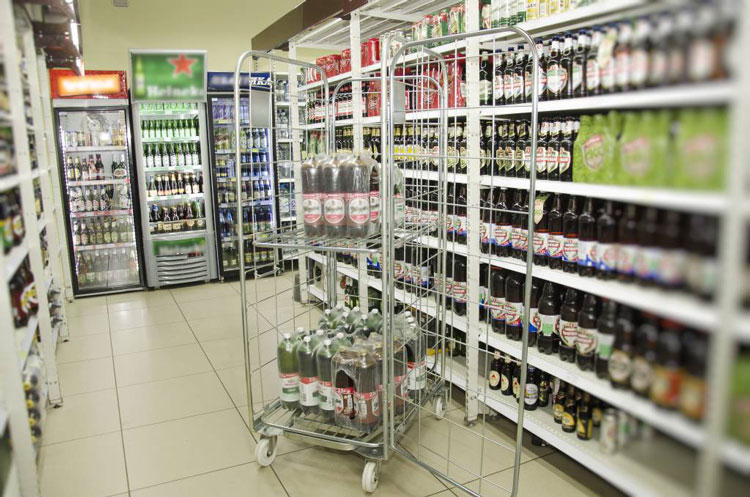
3. Cargo safety assurance
- Physical protection design
Steel frame structure and wear-resistant tires ensure transportation stability, and built-in fixing devices (such as anti-collision barriers) effectively prevent cargo from tipping over or colliding, reducing the risk of damage.
- Enhanced operation safety
Ergonomic design reduces operator fatigue, and the brake system and balance structure reduce the probability of accidents during handling.
4. Multi-scenario coverage and collaboration
- Full process application
Covering the warehousing of raw materials, the circulation of semi-finished product production lines, and the outbound delivery of finished products, it cooperates with forklifts, conveyor lines, and other equipment to ensure the continuity of warehousing operations.
- Cross-industry adaptability
In the fields of manufacturing, e-commerce, and retail, logistics trolleys support high-frequency cargo turnover needs, such as the rapid connection of goods from shelves to delivery vehicles in supermarkets.
5. Cost control and sustainability
- Reduced manpower and maintenance costs
By reducing labor dependence and equipment failure rate, long-term operating costs are significantly optimized. Standardized design also reduces the complexity of equipment maintenance.
6. Intelligent upgrade direction
- Multi-dimensional optimization
Roll cage trolleys have become an irreplaceable basic tool in warehousing operations through the optimization of four dimensions: efficiency, space, safety, and cost. Their flexibility and scalability also provide underlying support for intelligent warehousing upgrades.












